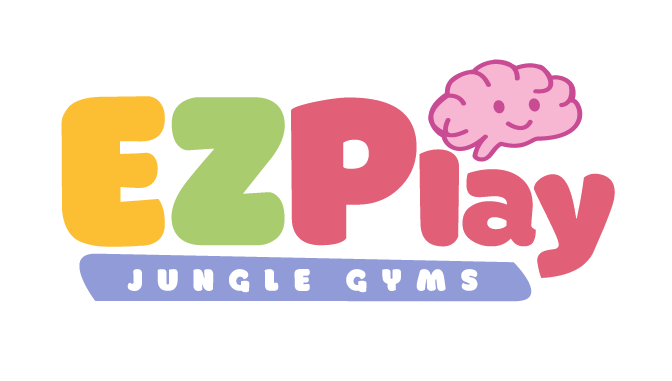
Sliding into Brain Development: Why That Slide is More Than Just Fun 🛝🧠
Slides are often the star of the show in any play setup — and for good reason. That rush of wind, the butterflies in the belly, the triumphant climb back up...
But here’s the secret most parents don’t know: every slide is a mini brain workout.
Sliding delivers powerful input to your child’s vestibular system, strengthens the core and limbs, supports motor planning, and even builds emotional resilience.
Let’s take a closer look at why slides are more than just fun — they’re foundational. 👇

🧠 Why Sliding Supports Brain Development
1. It Activates the Vestibular System
That whooshing motion? It’s giving your child’s brain a dose of vestibular input, which helps develop balance, body awareness, and coordination — key for sitting still, focusing, and staying regulated.
2. It Builds Core Strength + Motor Control
Getting into position, staying upright, adjusting speed — it all requires strong muscles and refined motor skills. Every slide is a chance to strengthen the brain-body connection.
3. It Develops Motor Planning + Confidence
Climb up. Sit. Slide down. Repeat. This kind of pattern builds sequencing skills, problem-solving, and executive function — all while giving kids that rush of “I did it!” confidence.
4. It Encourages Vestibular Adaptation
Each time your child slides, their brain is learning how to process motion more smoothly — making other movement challenges (like walking curbs, hopping, or sports) easier later on.
✨ Glenn Doman’s Perspective: Movement First, Learning Follows
Glenn Doman taught that children must move well before they can read or sit still in class — and the slide offers just the kind of repetitive, joyful movement that builds the brain’s physical foundation for learning.
Sliding is a shortcut to smarter movement and smarter thinking.
🏡 Why an Indoor Slide Belongs in Your Playroom
Outdoor slides are great — but indoor slides allow for daily repetition, rain or shine. And repetition is where the real brain gains happen.
EZPlay’s Panda Playground and Koala Adventure both include integrated slides that are designed for safe, developmentally appropriate indoor use. ✅
Soft landings. Climb up, slide down. Repeat as much as the brain wants. 🌀
👉 Check out the Koala Adventure
👉 Explore the Panda Playground
💡 Slide Play Ideas by Age
Babies (6–12 mo):
Start with tummy slides! Let baby gently slide down while on their belly on your lap or an incline. It’s amazing for reflex integration and spinal input.
Toddlers (1–3 yrs):
Let them climb and slide again and again. Add a target at the bottom (a stuffed animal to crash into or a mat to land on) for extra fun + coordination.
Preschoolers (3–5 yrs):
Use the slide as part of a brain-boosting obstacle course. Crawl under the frame, climb the steps, slide down, then jump on a target — full-body movement = full-brain activation.

🧠 From a Pediatric Chiropractor’s Perspective
If a child is having trouble with balance, posture, coordination, or even emotional regulation — slides are one of my favorite tools.
Why? Because they’re natural, exciting, and repeatable. And when the brain gets the right kind of movement over and over again — it wires itself better.
📦 Add a Slide to Your Home Gym
Both the Panda Playground and Koala Adventure include slides that are perfectly angled for safe indoor play. Combine them with the EZPlay Double-Sided Baby Play Mat or Plush Baby Mat for soft landings and sensory fun.








